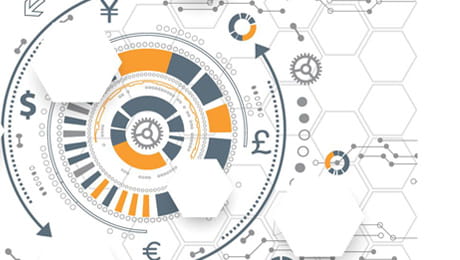Decentralized Autonomous Organizations
Related people
Headlines in this article
Related news and insights
Publications: 05 April 2024
National Security Division Announces New Self-Disclosure Policy in M&A Transactions
Publications: 04 April 2024
News: 04 April 2024
Allen & Overy files amicus brief in support of disability rights in reproductive healthcare
Blog Post: 04 April 2024
EU court’s judgment sheds new light on how the ECB should apply national administrative measures

— DAVID HARRISON (@TRADEWITHDAVE) MAY 16, 2016
A Decentralized Autonomous Organization (DAO) is a computer program, running on a peer-to-peer network, incorporating governance and decision-making rules. DAOs can be programmed to operate autonomously, without human involvement, or the code can provide for direct, real-time control of the DAO and funds controlled by it.1 The earliest DAOs are software controlled community organization experiments which seek to re-implement certain aspects of traditional corporate governance, replacing voluntary compliance with a corporation’s charter with actual compliance with pre-agreed computer code.
’The DAO’ is the most prominent example of a DAO. It gained significant media attention after it raised the equivalent of USD168 million from individual investors in its initial creation phase, making it the world’s biggest crowdfunding project to date. However, on 17 June 2016, a weakness in The DAO’s code was maliciously exploited and it became materially compromised. It is unlikely to recover.
The DAO was the first significant experiment of this structure. It will serve as a case study for the industry but the design and structural decisions made by the creators of The DAO will not necessarily apply to all future DAOs.
DAOs were made possible by the development of Ethereum, a public blockchain which provides a decentralized virtual machine to execute peer-to-peer contracts using its native cryptocurrency, Ether. The Ethereum network uses Ether as the currency for transaction fees on its blockchain for the purpose of recompensing the computers of the network for providing computing power to validate actions taken on the Ethereum blockchain. Ether is therefore the underlying fuel for all Ethereum transactions.
Click here to read the full publication.
1While the term ‘DAO’ is the most widely used term to describe the subject of this paper, some commentators distinguish DAOs (Decentralized Autonomous Organizations) from DOs (Decentralized Organizations), the distinction being that all functions in the former are automated and self-executing, whereas the latter is a decentralized model which incorporates human decision-making through member consultation. For the purposes of this paper and for consistency with general media commentary we use the term DAO throughout.
